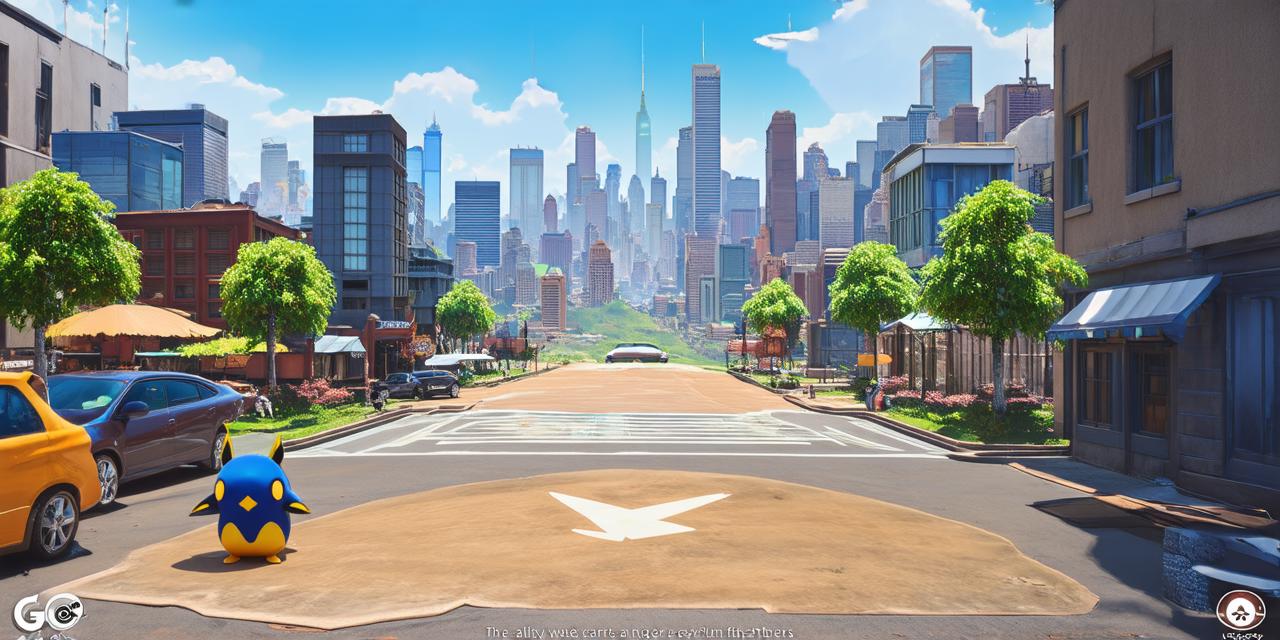
Introduction
Augmented reality (AR) is a technology that enhances real-world environments with digital information. It has been used for a variety of applications, from entertainment to education to business. One of the most successful and widely recognized examples of AR is Pokémon Go, a mobile game released by Nintendo in 2016.
How Pokémon Go Works
Pokémon Go uses AR to overlay digital information on the real world. Players use their smartphones to capture virtual creatures called Pokémon, which appear in real-world environments. These creatures are superimposed on the camera feed of the phone, making it seem as though they are actually present in the physical world.
The game uses a combination of GPS and computer vision to track the player’s location and identify real-world objects. The game also uses machine learning algorithms to make the virtual creatures appear in environments that are likely to be engaging and interesting for players. This creates an immersive experience that draws players into the game world.
The Impact of Pokémon Go
Pokémon Go had a massive impact on both the gaming industry and popular culture. The game was downloaded more than 500 million times within the first few months of release, and it spent more time at the top of the App Store charts than any other app in history. It also generated significant revenue for Nintendo, with estimates suggesting that it made more money in its first year than any other game in the company’s history.
One of the key factors behind Pokémon Go’s success was its ability to engage players in the real world. By overlaying virtual creatures on physical objects, the game created a sense of wonder and excitement that drew people out of their homes and into the streets. This also made the game more social, as players could compete with each other to see who had the most rare or powerful Pokémon.
Lessons for Developers
There are several key lessons that developers can learn from Pokémon Go’s success. One of the most important is the power of gamification. By adding elements of competition, reward, and achievement, Pokémon Go made the real world feel like a game, which helped to keep players engaged and motivated.
Another important lesson is the importance of location-based technology. By using GPS to track the player’s location, Pokémon Go was able to create a sense of place that was tied to the real world. This helped to make the game feel more immersive and engaging, as players could explore new environments and discover new creatures in their own neighborhoods.
Finally, Pokémon Go demonstrated the potential for AR to be used in a variety of different applications. By overlaying digital information on the real world, the game created a new way of experiencing the physical environment that had never been seen before. This opened up new possibilities for developers to create innovative and engaging experiences that blended the virtual with the real.
Conclusion
Pokémon Go is a powerful example of how augmented reality can be used to create immersive and engaging experiences. By using AR to overlay digital information on the real world, the game was able to create a new sense of wonder and excitement that drew people out of their homes and into the streets. The lessons learned from Pokémon Go’s success can be applied to a wide range of applications, from gaming to education to business. As AR continues to evolve, it will be fascinating to see how it is used in the years to come.
